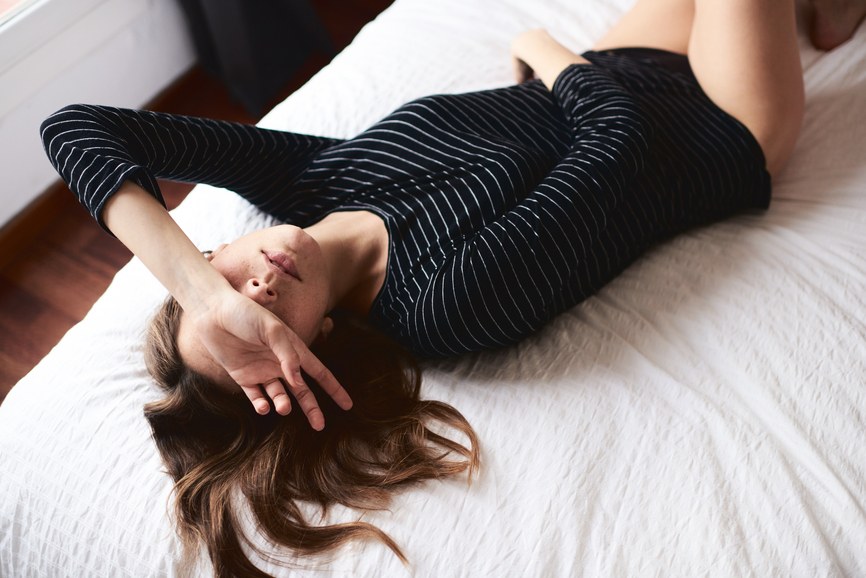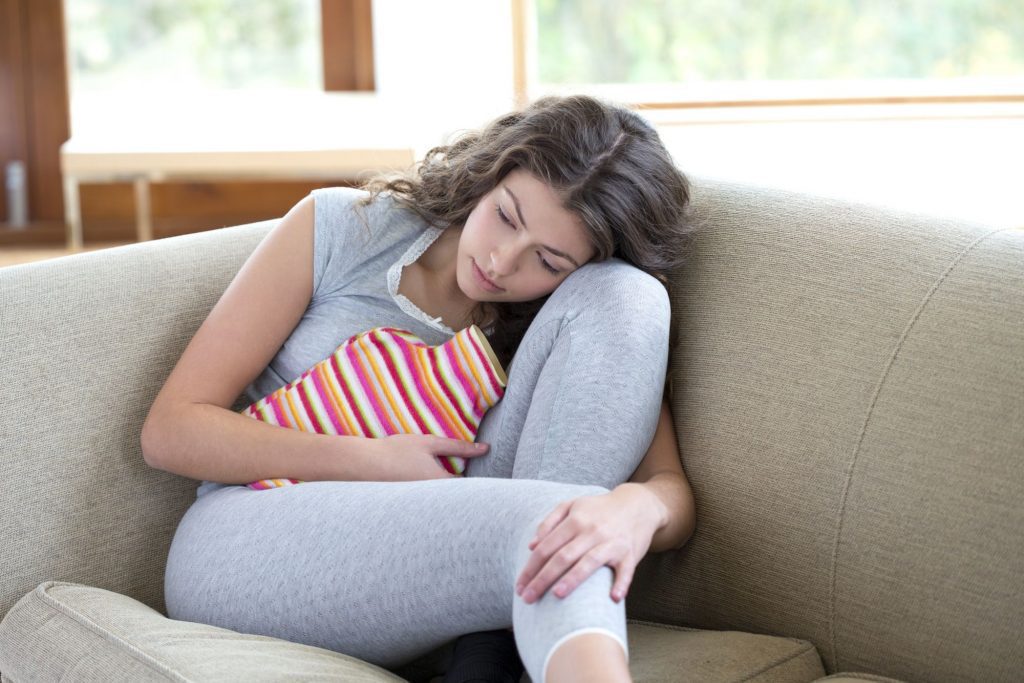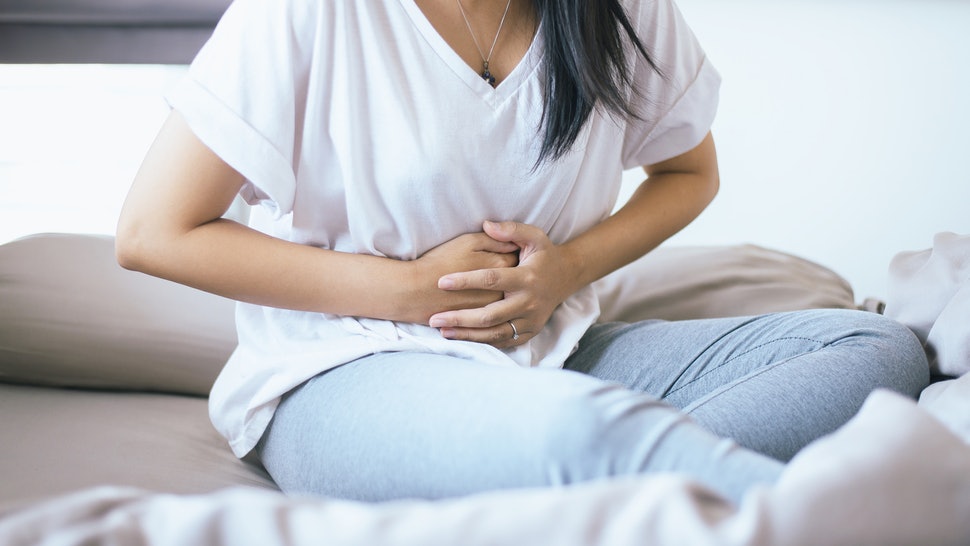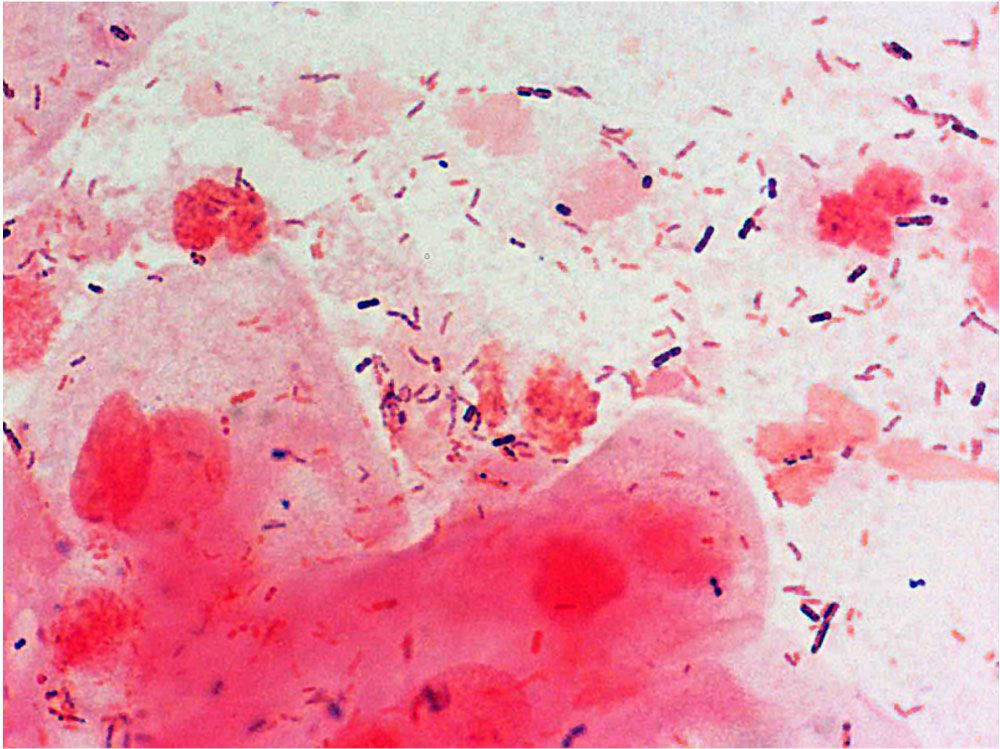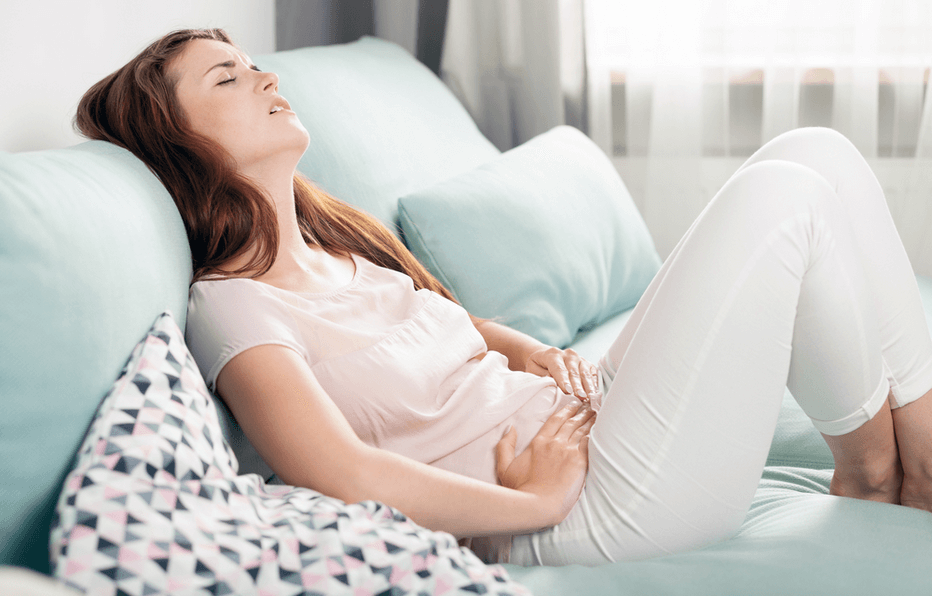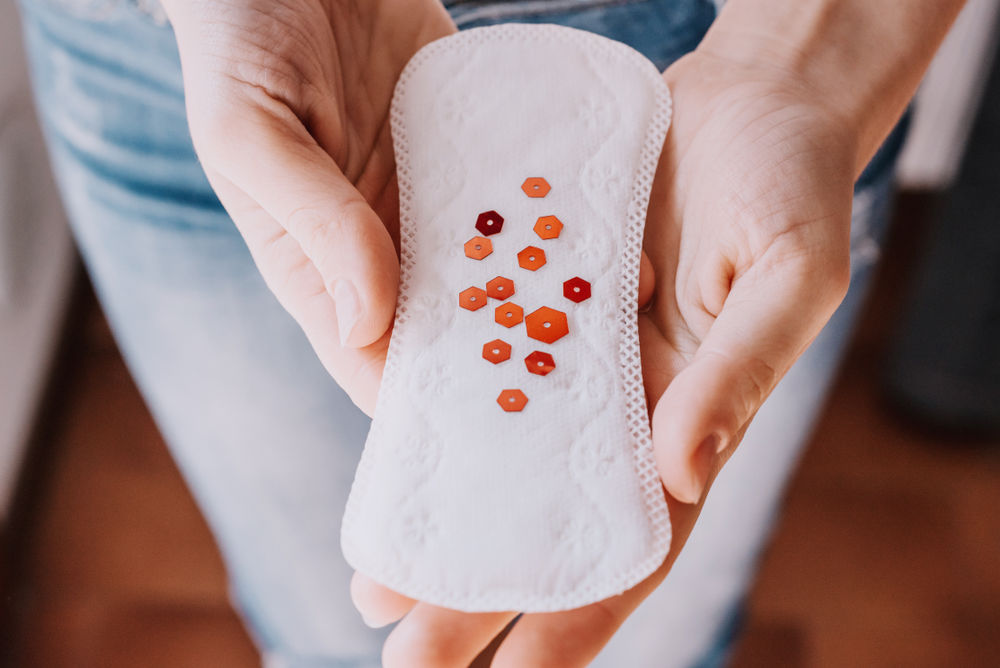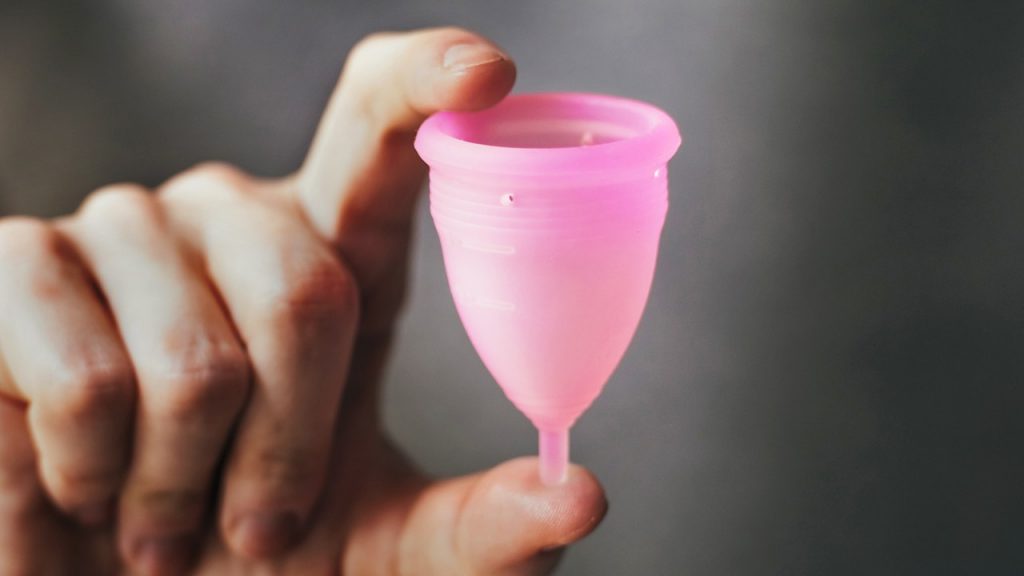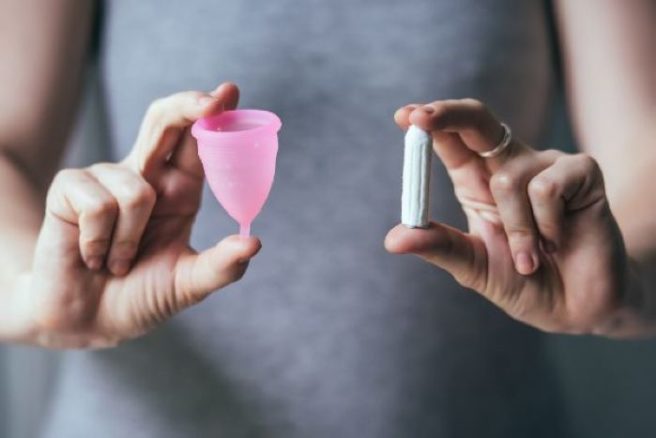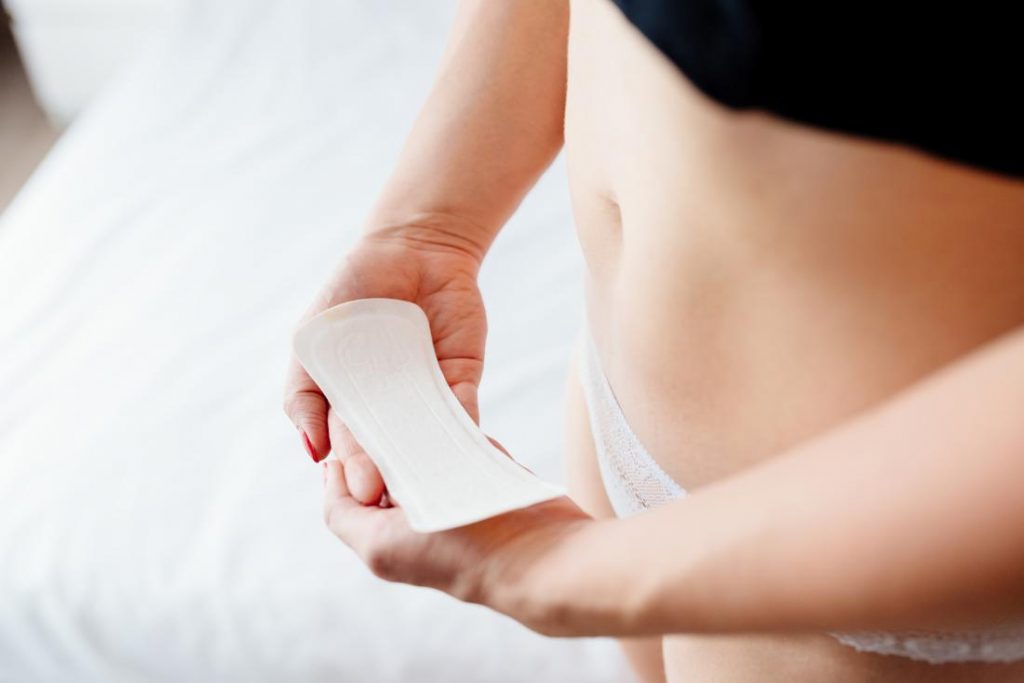Menstruation – All About The Rule
The first menstrual period (menarche) begins during puberty. The bleeding is a sign of incipient sexual maturity and reproductive ability. In more or less regular cycles, an interplay of hormones is now repeated in the body. Bleeding is often irregular among young girls and menopausal women. The menstrual fluid consists of blood of the uterus and parts of the uterine lining.
The female sex organs
The internal sexual organs of the woman consist of two ovaries and fallopian tubes, the uterus and the vagina (vagina). The ovaries have the task to produce mature, fertilizable oocytes. When the ovary is stimulated by hormones (follicle stimulating and luteinizing hormone, FSH and LH), the egg matures. Around the middle of the cycle, the mature ovum separates from the ovary (ovulation or ovulation) and is caught by the fallopian tube (tube).
The egg eventually migrates through the fallopian tube to the uterus (uterus). The lining of the uterus is prepared for the absorption of ice by the action of these hormones and progesterone (corpus luteum hormone). Progesterone is released shortly after ovulation. If the egg is fertilized, it settles in the uterine lining.
If no fertilization takes place, there is a reduced release of progesterone, whereby the endometrium is broken down and remnants in the menstrual period are repelled.
With every menstrual period, a woman loses around 150 milliliters of blood. The entire cycle lasts about 28 days. Unless the woman is pregnant, he starts all over again. A cycle is a time between the first day of the menstrual period and the last day before the next menstrual period. Cycle lengths of 25 to 35 days are considered normal.
When does menstruation start?
The first menstrual period generally occurs between the ages of 11 and 14 years. It is also called menarche.
Women get their menstruation until they are around 45-55 years old and start menopause. Overall, a woman in her life gets about 500 menstrual periods.
Can you feel the ovulation?
Many women feel their ovulation (ovulation). He makes himself felt like a weak pain in the abdomen. Some women also get a little bleeding at the time of ovulation.
The time of ovulation can be determined by body temperature. At the time of ovulation, it increases by 0.5 degrees. This is used in the temperature method for natural contraception. If the body temperature rises, ovulation has taken place. This happens about eight to ten days after each menstruation (approximately the 14th day in the cycle). This is also the most fertile time in the cycle.
In the middle of the cycle, the vaginal discharge becomes slimy and pulls threads. The consistency of the mucus also shows the time of ovulation.
What factors affect menstruation?
The menstrual cycle is a very complex process involving many hormones, the female reproductive system, and the nervous system.
In an irregular cycle, your doctor should measure your hormone levels in your blood and see if you are in balance.
Body weight also plays a role in the menstrual cycle. Underweight often brings the hormone secretion and thus the menstruation to a standstill. Recent studies show that extreme overweight leads to irregular menstrual bleeding. Compared to women with ideal weight, overweight women do not become pregnant easily. Proper nutrition is therefore particularly important for fertility.
Stress is another factor that affects hormone release and menstruation. The menstrual period may even be completely eliminated in some cases. If women are worried about being pregnant, stress sometimes leads to the onset of menstruation. Mental and physical balance has a positive effect on regular days.
Regular sports, as well as mental and physical balance, are most conducive to painless and reasonably pleasant “regular days”. Too much exercise and overexertion can affect the release of hormones to the extent that menstruation completely fails.
What problems can occur during menstruation?
Women feel very different during menstruation. Many have no problems at all, others are severely limited in their activities by extreme pain.
The following symptoms may occur:
- Spasmodic contractions (painful contraction) in the abdomen
- Pain in the abdomen
- back pain
- Nausea, possibly with vomiting
- diarrhea
- sweats
- Tiredness and lack of energy
Pain and malaise: why?
During menstruation, prostaglandins are released in the uterus. These are hormone-like substances that trigger or interfere with various regulatory mechanisms of the body. On the uterus, for example, they can cause painful contractions. Blood and mucous membrane remnants are excreted by the contractions. Other causes of painful menstrual bleeding may be previous infections or benign muscle nodes in the uterine wall ( fibroids ). This is especially true for slightly older women.
Pronounced menstrual pain can be treated successfully with combined estrogen and progestogen preparations (such as the pill or vaginal ring ). Pure progestogen preparations such as new mini-pill, the contraceptive stick or the three-month syringe are also suitable. The hormones make the lining of the uterus less compact, the wound area is smaller when the remnants break off during the bleeding, and overall the bleeding is weaker and shorter.
Tips for well-being
You can do several things to make you feel better during menstruation:
- Avoid caffeinated drinks like coffee, black tea, and cola.
- Avoid stress and relax.
- Let your partner massage you.
- Do sports, but do not over-exert your body.
- Keep warm and drink warm drinks.
- If you have severe pain, take pain-relieving medication. Seek advice from your doctor or pharmacist.
Menses Cup is safe and comfortable, hygienic, economical, and eco-friendly. You can walk, jog, swim, hike, and focus on being your best – without worrying about your periods. Feel free to contact us.


